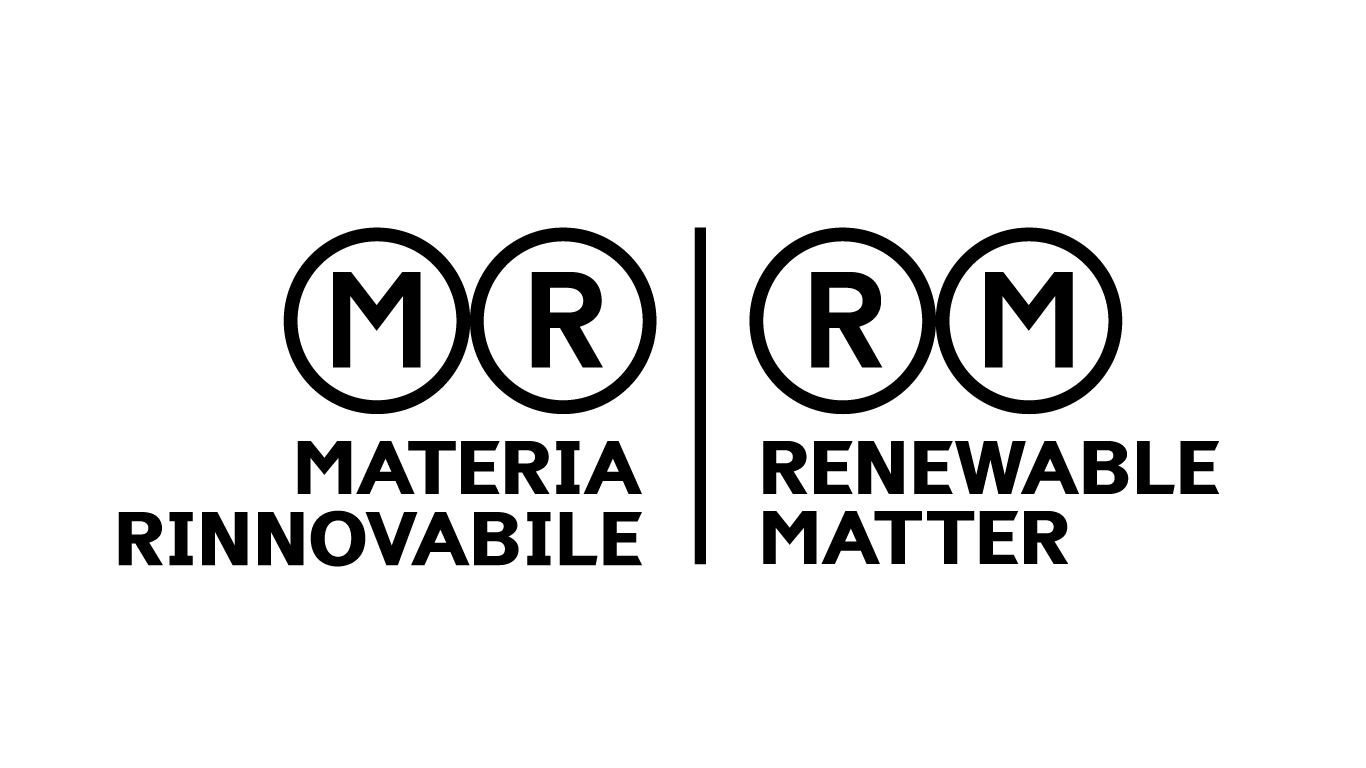An efficient waste collection and disposal process necessitates oversight over individual supply chains; however, teamwork between different sectors is equally important, to exploit differences, optimise processes, and maximise resources. This need has been met by the Cobat Consortiums system, dedicated to the collection, treatment, and recycling of end-of-life products, by creating a new player, known by the same name and entirely dedicated to management and coordination activities.
Thus, the path undertaken towards a multi-consortium and multi-sector operation continues to support businesses that want to take a leading role in the circular economy, by recovering secondary raw materials from no longer useful goods and guaranteeing maximum environmental sustainability.
A multi-consortium and multi-sector DNA
Cobat's history, by now over a decade long, officially started in 2012, when Cobat RIPA, heir of the historic consortium dedicated to the management of waste batteries and accumulators, joined forces with Cobat RAEE, which worked to meet the needs of manufacturers and importers of electrical and electronic devices, including solar PV modules. Three more consortiums, with links to three other sectors, joined over time, enabling an oversight over a considerable portion of strategic segments for Italy.
In addition to Cobat Tyre (used tyres) and Cobat Compositi (waste from heterogeneous materials), in 2022 it was the turn of Cobat Tessile, which came into play to optimally tackle the introduction of extended producer responsibility (EPR) schemes and the launch of the separate collection process in the textiles industry.
The birth of the sixth player
A further development came in 2024, presented during the 27th edition of the Ecomondo conference: from this point forward, Consorzi Cobat is no longer only the name of the set of five associated sector-specific consortiums, but it also refers to a sixth consortium, whose role is to take on organisational and management duties in support of the entire system.
This organisation, designed to be a "connector of diversities", is able to oversee different sectors, maintaining overarching values and, at the same time, tackling each segment based on the relevant specificities.
To mark this step, the visual identity has also been revamped: Cobat's historic logo is now enriched with a graphic design that recalls the icons of each sector-specific consortium's logo, while also representing a container for the whole system, which can maintain, in its plural form, the individual components.
An opportunity for sustainable growth
Consorzi Cobat's mission has always been to help businesses navigate the regulatory landscape, ensuring their access to the best operational solutions available on the market, alongside the benefits of a single point of contact and accurate know-how. Manufacturers and importers of various types of goods are thus relieved of the civic responsibilities inherent in the collection, storage, and treatment of waste derived from the products they put on the market, and of the possible compensation for damages linked to any non-intentional breaches of regulation.
Partners have access to a digital waste-tracking portal, simplifying bureaucratic compliance, in addition to a comprehensive offer of consultancy and training programmes. Thanks to careful planning, the end-of-life product management duty can become an opportunity for sustainable growth, in line with the principles of the circular economy, towards which Italy's small and medium-sized enterprises are proving to be increasingly attentive: according to the 2024 Report drafted by the Circular Economy Network and ENEA, 65% of SMEs stated that they implement circular practices, over twice as many as in 2021.
This content is produced thanks to the support of sponsors
Cover: Envato image



